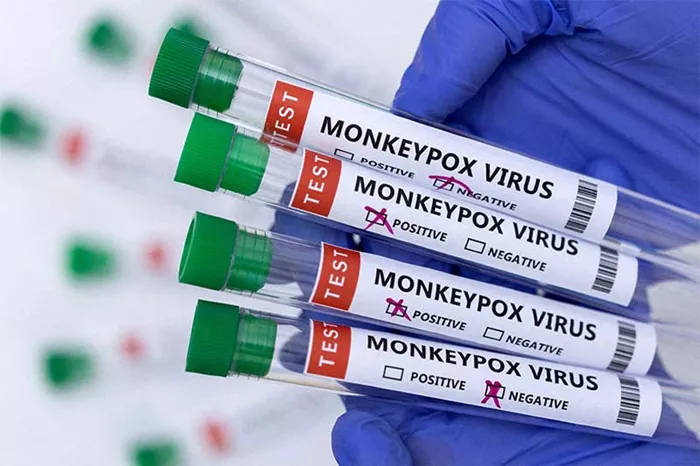A recent study reveals that a significant portion of baby foods available in the United States fall short of nutritional standards set by the World Health Organization (WHO). The findings, published in the journal Nutrients on August 21, indicate that 60% of these products do not meet essential guidelines, raising concerns about the impact on children’s health and development.
Study Highlights Nutritional Deficiencies in Baby Foods
The research, which analyzed 669 different baby and toddler food products, discovered alarming trends in their nutritional content. Many of these foods were found to be low in protein while containing excessive amounts of sugar and sodium. These deficiencies are particularly concerning given the crucial role that proper nutrition plays in the early stages of a child’s life.
According to WHO, adequate nutrition during the first three years is vital for reducing the risk of mortality, preventing illness, and minimizing the likelihood of chronic diseases later in life. Despite these clear guidelines, the study’s findings suggest that many U.S. baby foods are not aligned with these recommendations.
Lack of Regulation and the Growing Market
The study points out a significant gap in the regulatory landscape of the United States, where no laws currently mandate baby food manufacturers to adhere to WHO’s nutritional standards. This absence of regulation has allowed a wide array of baby food products to enter the market, many of which do not meet basic nutritional criteria.
Researchers collected data from a variety of major grocery chains, including Walmart, Kroger, Costco, and Target, as well as from online sources like H-E-B and Safeway. The study excluded items such as formulas, fortified milks, and oral electrolytes, focusing instead on products explicitly marketed as baby and toddler foods.
Each product was evaluated against the WHO’s Nutrient and Promotion Profile Model (NPPM), which categorizes and sets specific nutritional standards for different types of baby foods. The study also assessed health-related claims made by manufacturers, finding that many did not comply with WHO’s guidelines, particularly those concerning sugar content and nutrient levels.
Nutritional Shortcomings and Misleading Labels
The results showed that only 30% of the analyzed products met WHO’s protein recommendations, while just 56% adhered to the guidelines for sugar content. Although 93% of the products were in line with fat content recommendations, a quarter failed to meet calorie requirements, and many contained added sugars and sweeteners. Additionally, around 20% of the products exceeded the advised sodium limits.
The study also highlighted issues with labeling, noting that 60% of the products did not specify age recommendations as per WHO guidelines. Instead, vague terms like “toddler” or “crawling baby” were used, which could mislead parents about the suitability of the food for their child’s developmental stage.
The analysis revealed an average of nearly five health and nutrition claims per product, with many falling into categories not approved by WHO, such as “organic” or “no preservatives.”
Expert Advice: Reading Labels and Verifying Health Claims
Dr. Steve Gendron, an immunology and endocrinology specialist, emphasizes the importance of carefully reading baby food labels. Gendron advises parents to choose foods with recognizable ingredients like fruits, vegetables, and grains, while avoiding those with added sugars, salts, and artificial preservatives. He also stresses the importance of ensuring that baby foods provide adequate protein, fiber, vitamins, and minerals, all essential for healthy growth and development.
Gendron particularly highlights the need for iron in baby foods, especially for breastfed infants, as it is crucial for brain development. Additionally, he suggests parents check for clear labeling of common allergens and appropriate serving sizes to prevent overeating or food waste.
James Hook of Neurogan Health adds that health claims on baby food labels should be scrutinized. He recommends verifying these claims through organizations like the Baby Food Council (BFC) and the National Sanitation Foundation (NSF), which certify the safety and nutritional quality of food products.
Takeaway for Parents
This study serves as a critical reminder that not all baby foods on the market meet essential nutritional standards. With no current U.S. regulations enforcing WHO guidelines, it falls on parents to be vigilant about the food choices they make for their children. By carefully reading labels, ensuring the presence of real ingredients, and verifying health claims through trusted organizations, parents can better support their child’s health and development during these crucial early years.
[inline_related_posts title=”You Might Be Interested In” title_align=”left” style=”list” number=”6″ align=”none” ids=”11797,11791,738″ by=”categories” orderby=”rand” order=”DESC” hide_thumb=”no” thumb_right=”no” views=”no” date=”yes” grid_columns=”2″ post_type=”” tax=””]

































